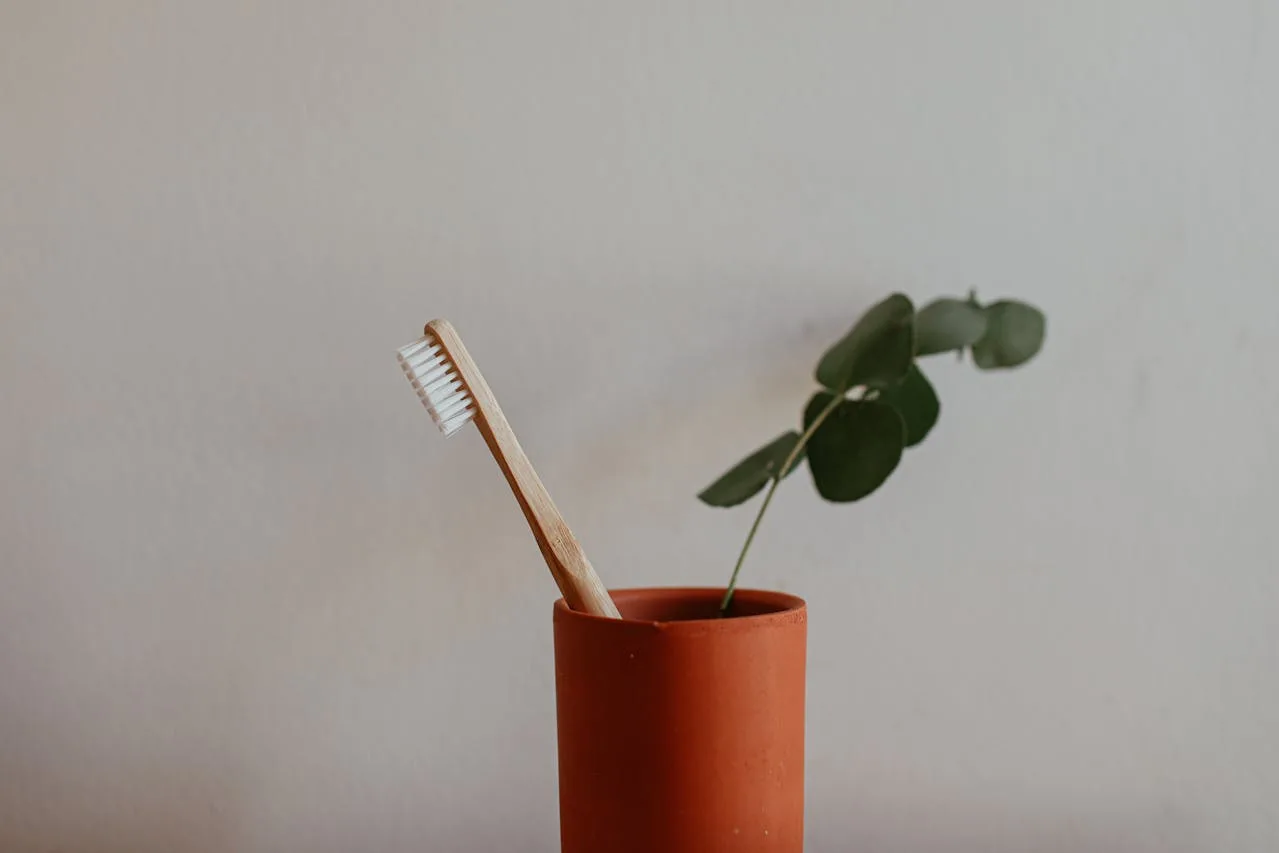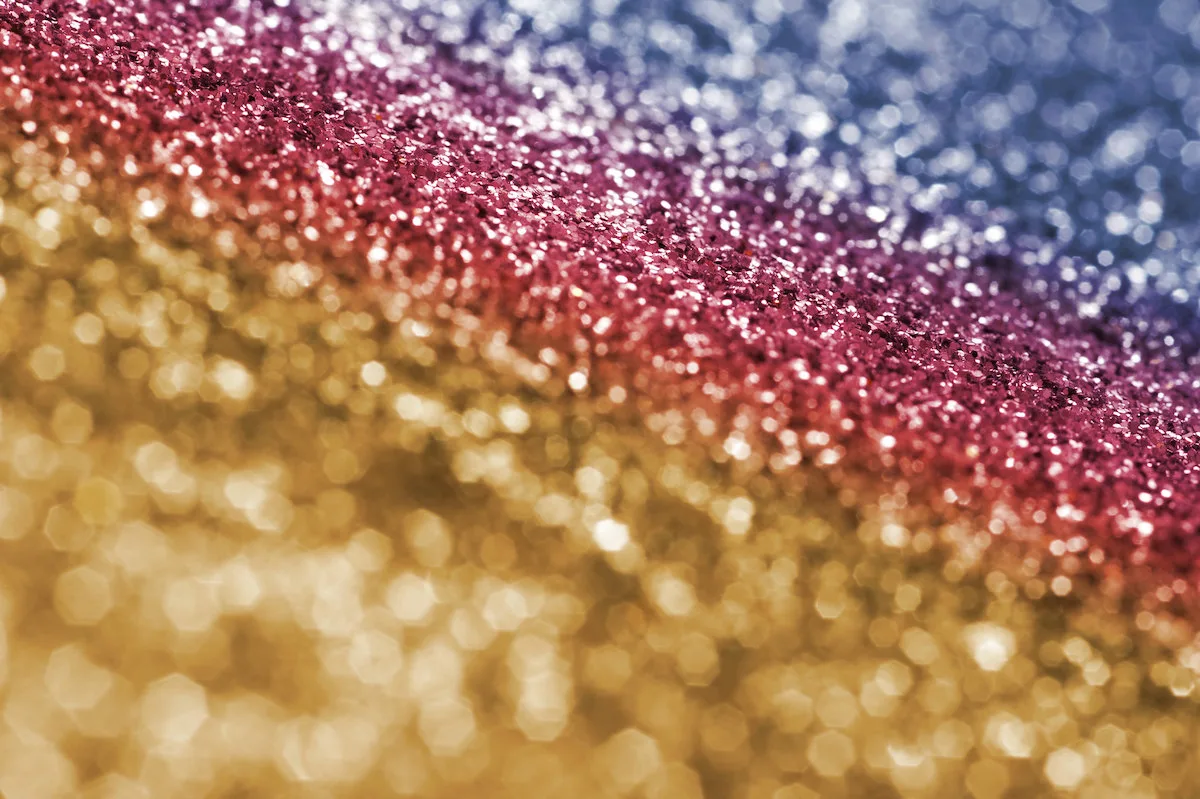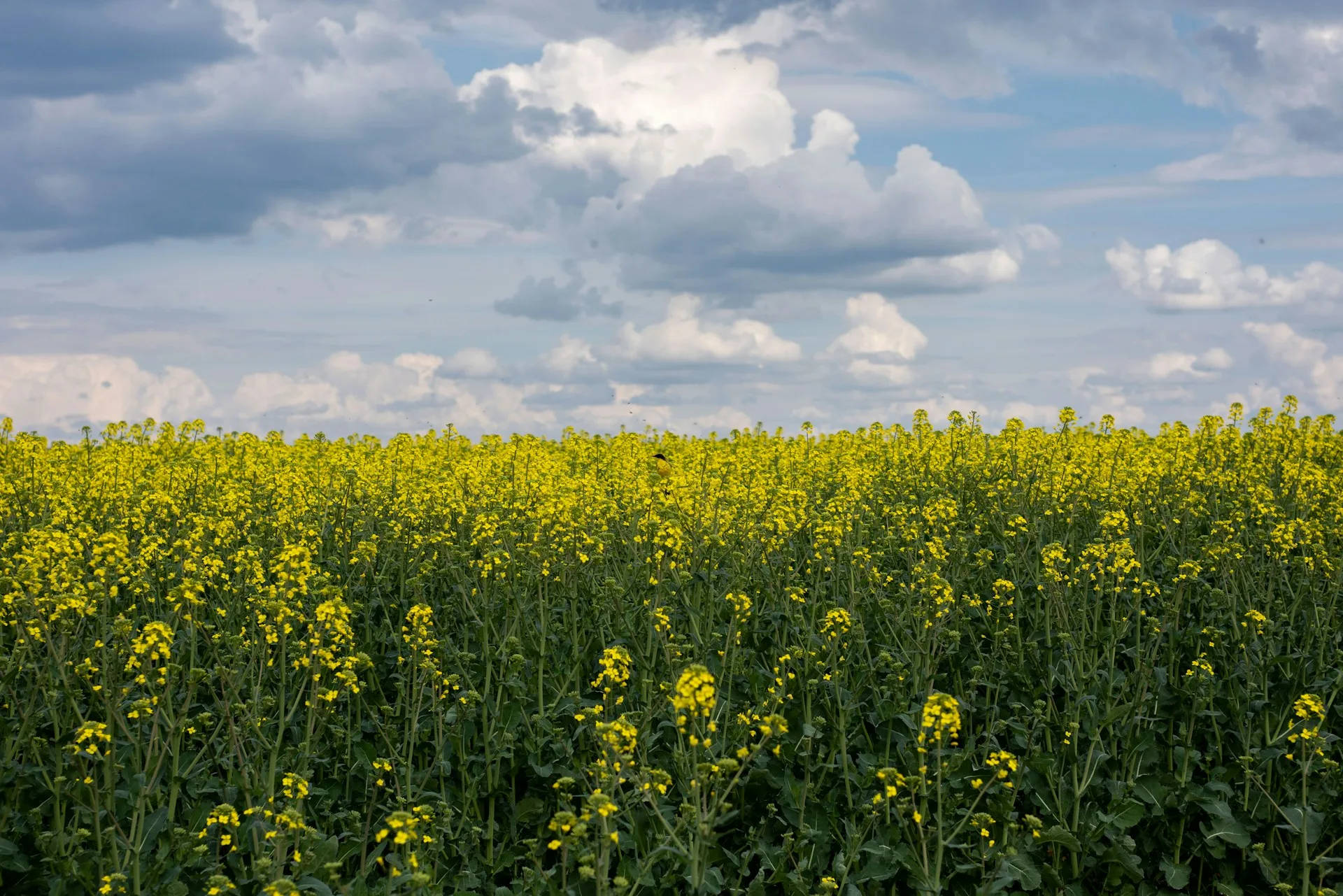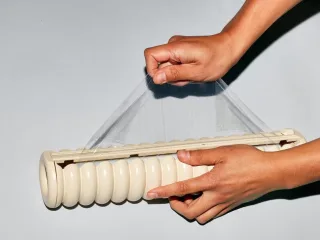Let’s talk about what you have in your cupboards. And we don’t mean anything shameful that you stuff away when you have company coming by — we mean the things that you’ve proudly collected over the years on your journey to live a more sustainable life.
These are things like the metal straws you bought when you got tired of chewing on paper ones, only to constantly forget them at home. Or, the reusable sandwich bags that you feel good about using but dread scrubbing. They’re noble purchases but are they really “guilt free”?
You guessed it: not exactly.
Perhaps you’ve read our post on greenwashing and considered all the ways that brands have tried to pull the wool over our eyes. Of course, we usually think of the big offenders like McDonald’s or Coca-Cola. In fact, I’ve just heard a stellar example in the form of a podcast ad from BP that is apparently too new for me to link a source to.
But in this article, I’m going to zero in on the smaller purchases we make to replace the little conveniences we know to be detrimental to the earth. Not to be pedantic but in the aid of helping well-meaning purchases to be even better.
Cotton tote bags
Ah yes, the tote bag. A token of sustainability turned into both a marketing tool and status symbol. That is isn’t to say it isn’t better to use one, actually, you really should be!
The problem is how overly produced they have become. One survey found that people have about 6 reusable bags each, which doesn’t sound like a big deal until you consider that a Danish study from 2018 indicated that a single organic cotton tote bag needs to be used 20,000 times to offset the environmental impact of its production. That’s about 54 years with one tote bag.
Now it isn’t quite so simple but we’ve led with that to catch your attention. The 20,000 number is based on a lifetime assessment of a cotton tote, however, a study by the United Nation Environmental Programme focused solely on climate impact found that the required use drops to 50-150 times to have a meaningful environmental impact.
Better alternative: Long story short, we need to use the bags we have rather than continuing to collect them if we want them to serve their intended purpose. How many does a person really need after all?
Bamboo toothbrush
Once a staple product at natural stores, bamboo toothbrushes have become ubiquitous as a more sustainable option to the plastic brushes of old. It seemed so simple — bamboo is a natural material that should be able to break down, so you just snap off the head of the toothbrush, toss the handle in the compost, and you’ve managed the environmental impact of your oral hygiene!
Not so fast.
One study by researchers at Trinity College Dublin using toothbrushes as a model to measure healthcare products and environmental sustainability found that a plastic option could actually be better than bamboo. With the electric toothbrushes having the worst impact on both the environment and the manufacturers, followed by manual plastic brushes. The study found that plastic brushes with replaceable heads were the most sustainable options.
But it doesn’t stop there…
Better alternative: The study continues to state that what we really need is a process to continuously recycle plastic toothbrushes. It’s rare to hear that plastic is the solution but it is pointed out that the land use associated with producing bamboo is simply not a sustainable use of space, and the space to recycle toothbrushes would be comparatively small.

Compostable coffee pods
We’re sorry to come for your morning cup of coffee, especially when you’ve already put in the effort to get compostable pods but we’d be remiss to not address a few misconceptions:
First of all, many compostable pods cannot simply be thrown out to break down in the landfill or added the a home compost bin. Rather, they must be sent to an industrial compost facility to be processed in a temperature-controlled environment to ensure they are fully processed.
There is also a difference between degradable and biodegradable or compostable. Although all three are likely made out of plant-based materials, degradable pods will only break down to a certain point, leaving behind microplastics that will remain intact forever.
Better alternative: Sacrifice a bit of convenience and choose a coffee machine that uses a portafilter and coffeegrounds to reduce waste.
Compostable cutlery and plates
We get it. You’re planning a dinner party at your place soon and disposable cutlery, plates, and/or glasses will save you time, energy, and a big mess. Or you’re having a BBQ or picnic outside of home – in a park or on the beach.
The problem lies in your disposal method. If the cutlery is thrown in the regular garbage bin and not composted (which is most often the case), it’s still off to landfill. When compostable materials end up in landfills, they lose their ability to break down because of the absence of oxygen.
Even then, some cutlery can only break down in an industrial composting facility, meaning that it’d need to be composted with your municipality and not at home.
Better alternative: The best option is always reusable cutlery. If you’re meeting at home, use what you already own and put in slightly more effort to wash them. Plus, your guests are guests but the least they can do is help you a bit! Or if you’re meeting outdoors, have everyone bring their own cup, plate, and spoon/fork – it’s a tiny bit of effort that’s negates any impact.
Now, let’s go a bit deeper
Tote bags, toothbrushes, and coffee pods are pretty common sustainability culprits, so let’s take a close look at a few trendy items that you may not have considered.
These products are often far more environmentally friendly than the classic versions. Yet, that can mask the details that you might overlook to buy the best versions.
Eco-friendly glitter
This one is of special consideration given Taylor Swift’s recent world domination. The environmental impacts of regular glitter are well documented, so much so that the EU has banned certain types. No surprise considering that they are literal microplastics that we spread joyfully around the earth.
It was only a matter of time before alternatives arose but preliminary studies show that compostable glitter is not without its flaws. One study indicated that cellulose and mica glitter was more damaging to duckweed and phytoplankton growth than conventional glitter.
Furthermore, there are also concerns regarding varying degradation rates of the various types claiming to be biodegradable, but data remains limited.
Better alternative: You can make your very own glitter with things like sea salt, sand, raw sugar, colored rice, or even purchase recycled glass glitter! If none of those options feel quite right, it may be best to forego the glitter altogether and look into other ways to accessorise.

Recycled ocean plastic sunglasses
If I were to guess, I’d say you’ve probably received a compelling Instagram ad or two trying to get you to try out the latest environmentally friendly sunglasses made from freshly captured ‘ocean plastic’. Am I right?
It has become a big trend as of late but unfortunately, ‘recycled ocean plastic’ has fallen victim to the same fate as many other sustainably-minded ideas and become another ambiguous anchor to be dropped by opportunistic marketers.
The problem is threefold:
- It makes us feel like we are directly helping to clean up the planet, often without actual proof
- It masks the problem: the fact that there is so much plastic in the ocean in the first place
- It misleads us when the ‘ocean plastic’ is in fact ‘ocean bound plastic’ and has never been in the ocean.
Better alternative: A better alternative is, as always, to only buy sunglasses when you really need them. Look for transparent information on material composition and percentages, including any certifications. Consider how far the material has travelled, and pay attention to the working conditions of the employees. And definitely make sure that the plastic in question has actually been wrested from the ocean!
Biodegradable phone cases
Everyone has a phone these days, leading to approximately 1.6 billion discard cases per year. With that in mind, biodegradable cases seem like a no brainer, and there are a few companies really making a go of it.
An article by Sustainability Solution Exchange does a great job of comparing three of the major players, which shows just how closely you have to look into the products you buy to understand their environmental claims. It seems that biodegradable cases really do have potential but the caveat is that some still take a while to break down, and others will only do so in perfect conditions.
Another consideration is the durability of these biodegradable cases. I have personally had two that lasted less than a year, forcing me to buy another and have it shipped to me. We can only hope that they become increasingly robust as the technology evolves and the days of plastic cases cases will be behind us forever.
Better alternative: It’s hard to justify going without a phone case – especially with e-waste becoming the largest waste stream in the world. Our best suggestion is to do a deep dive on your ‘sustainable’ case choice to make sure they are transparent about their manufacturing and that you familiarise yourself with how to sustainably dispose of it.
Plant-based milks
Last but not least: plant-based milks. Don’t worry, this one really is a more sustainable choice than cow’s milk — and it isn’t even close. But if you’re choosing plant-based milks for environmental reasons, you should know that they’re not all made equal.
This article takes an in-depth look a the impact that the most popular ‘milks’ have. Rice milk has the lower land use, almond milk has the lowest greenhouse gas emissions, and soy milk uses the least fresh water and causes the lowest eutrophication.
All that said, nothing is perfect. As demand for plant-based milks grows, so does deforestation, intensive farming, and soil degradation. As an example, rice farming is massively water intensive, and contributes to 12% of global anthropogenic methane emissions, which is 28 times more potent as GHG than carbon dioxide.
Better alternative: Barring resigning yourself to black coffee for the rest of your days, these options as good as it gets. They are simply a better alternative to cow’s milk. But with mass adoption we’ll need to be aware of the impacts that arise as more people transition.
Keep doing your bit (but don’t feel too bad)
Finally, let’s remember that our own ‘carbon footprint’ is only a tiny part of the transition to a sustainable society and actually a term coined by Big Oil! Still, while we also need system change, every little helps. Why not try to make as sustainable choices as possible?
As such, this isn’t a piece to tell you not to use these alternatives, they are, after all, improvements on their predecessors. The point is to say that that there is still a cost, and that the environmental benefits only exist if they’re conscientiously bought with a bit of foresight, then sustainably used. As always, a good maxim to go by is ‘buy less, buy better’.



Leave a Reply